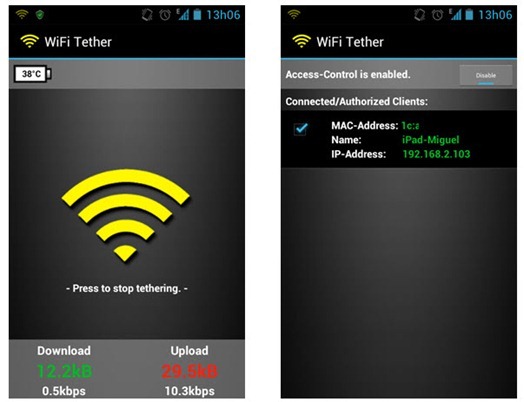How to install MIUI updates manually early
The required drivers for flashing the firmware of Xiaomi Redmi Note 4G included in in above download package, although if you only need the drivers then you can download it from here. Before flashing the firmware on your Xiaomi Redmi Note 4G device you will need to take backup of your important data. If you flash your phone you will lose all of your data and your mobile will be restored in its original settings.
- HAVOC OS comes in with many other features like Animation Customizations, Ambient Display, Gaming/Reading Mode, Compass, Tile Shortcuts, and many more.
- Apart from this, it also allows you to sync data between the device and the Computer, back up your existing data on the Computer or restore the data on the Poco device.
- A kitchen-sink flagship this isn’t, but the correct corners were cut to reach the very affordable $300 price.
- Unlocking the bootloader helps you to override this stock recovery with the custom recovery.
- If you’d unlocked the bootloader earlier and don’t want to lose your data once again, choose “save user data” from the bottom bar.
- If your device is rooted, then you can run firewall to enable secure system on your phone manually.
We have a few OEMs right now that are working on bringing high-end hardware to a lower price point and Xiaomi is one of these companies. They have made their mark on the sub $200 segment with their Redmi devices and the Poco F1 seems like their next big push. The device is currently receiving a new OTA update that adds support for Widevine L1, 4K video recording at 60 frames per second, and more. The Magisk log (retrieved from /cache or saved from the Magisk Manager) and magisk.log.bak would also help. Providing the output from terminal might be useful as well.
If you need a full list of firmware links to download and install stock firmware on Xiaomi Poco F1. As we know, Android is one of the highly customizable software https://ticket.siampark.net/index.php/2023/05/25/title-unlocking-the-potential-of-zgemma-h5-with/ and there is a possibility that we may end up in a situation of lag, boot loop, or soft brick. It is always good to keep the PocoPhone F1 Miui 12 stock firmware with you in case something went wrong. You can use any of the following versions of Xiaomi Flash Tool to flash the firmware. However, we recommend using the latest tool version for Maximum Compatibility and Stability with the Windows OS. After rebooting the phone, the device was LOCKED by Xiaomi and needed to be unlocked with the MI Account name and password. Download the latest Fastboot ROM for the Xiaomi Poco F1, this firmware is helpful if you have bricked, lag, or shuttering performance, unroot, or bypass the Mi Account lock.
- This has the potential of causing other issues though, so only enable it if you need it.
- You can also use the configuration file when first installing the module.
- But sadly, we haven’t seen any official information from the company regarding this elusive device over the last year.
- Besides, it is completely stable, so there is no risk of any bugs or issues.
I recently purchased the Xiaomi Poco F1, and I intend to use this device for the long-term. I am not a big fan of MIUI, and I come from Nitrogen OS, which is a custom ROM. When Xiaomi decided to open up a sub-brand, everyone thought it would be like OnePlus—a sub-brand of Oppo which runs their own ROM, Oxygen OS, which is stock Android with certain added features on top. This was a given, considering how Xiaomi said it would focus on speed.

Now, the team is happy to announce that official Carbon ROM 7 “Opal” based on Android Pie is now officially rolling out for the initial batch of supported devices. Xiaomi recently announced that it will be shutting its Global Beta ROMs for all devices, with effect from July 1, 2019. Public beta ROMs, though are presumed to be Beta in nature, have been stable enough for a lot of users to use it as a daily driver mainly because of the rather frequent nature of updates. This may also be caused by the post-fs-data.sh script being set to run in the background because of the execution taking to long. Try disabling this option in the script settings and see if that changes anything.
